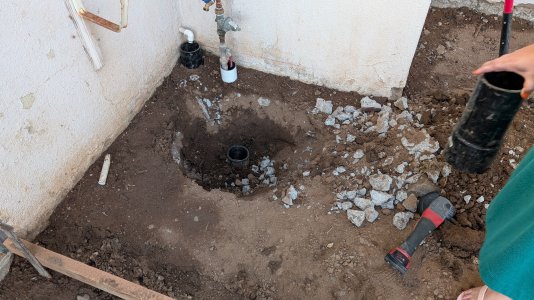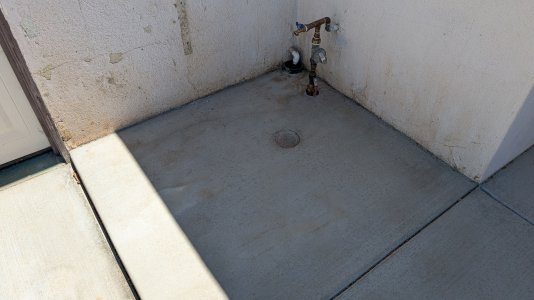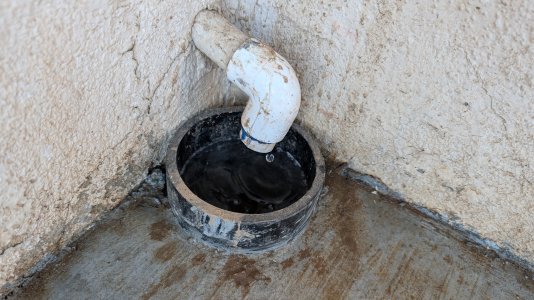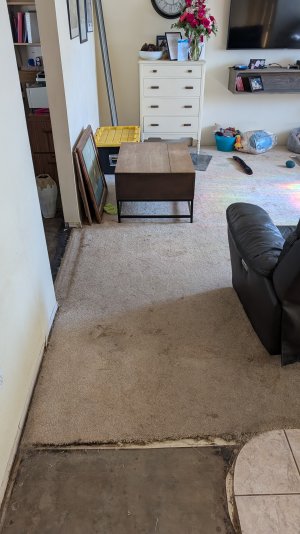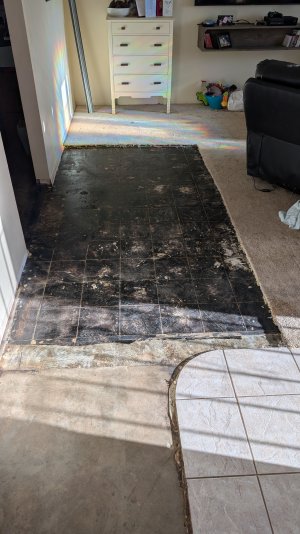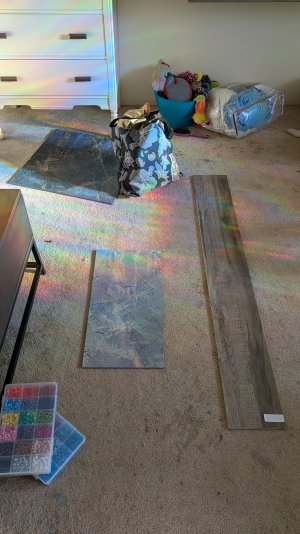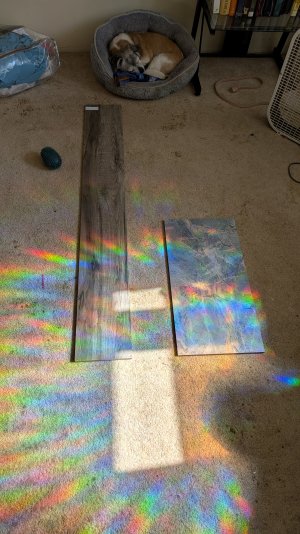So the next saga in my DIY adventures is revisiting that AC drip line. If you remember, it was originally going into the sewer clean out, but because it's not code, I had it to remove it and dig a circular hole.
Well, while it was right to do it that way, I'm guessing it's not deep enough of a hole because when the AC is running for an extended period of time, that drain hole overfills and begins to get the concrete wet.
My wife is wanting to bring up the drain pipe to a higher elevation and have it dump the water into a planter that would get installed there at the new location. Another idea she has is to install new plumbing and have it drain to the opposite wall of the existing wall and drain there instead. A third idea she has is to install an AC drip pump or whatever it's called and run that to wherever we want.
All these ideas are great and all, but they require a whole shit ton of work I'm not willing to do because I already have a shit ton of other house related work to do right now. I don't want more work to do when I already have a shit ton of work to do.
My idea. My idea is to just cut the hole where the current drain hole is at and make it a little bit wider and deeper. Currently it's just a 4" diameter ABS pipe going about 12" down. I'm thinking of just having it be a 6" x 6" square hole and digging the dirt out deeper, at least 18" or even 24". I have a sawzall and see that concrete sawzall blades exist for $30-ish. I imagine doing this work would only take about an hour to do and I'm on my way to the next thing that is actually on my list.
My wife doesn't like this idea of mine because it's too close to the foundation and we won't be able to get a hole deep enough for it to do what it's supposed to do, etc., etc. She's goes on to say that even if we did get the hole deep enough, that it would just make the soil beneath weak and compromised over time. Knowing that this is a common solution, I don't believe that is true.
What do you guys think?
@dDUBb , what says you specifically?
